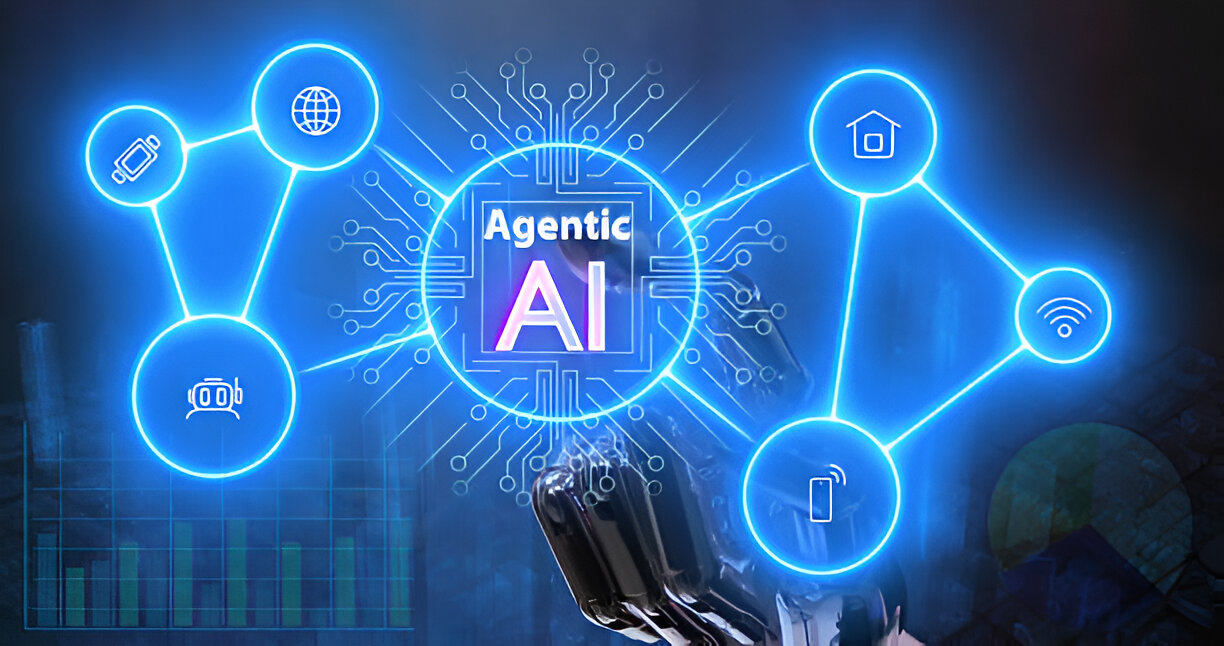Containerization is a modern approach to software development that simplifies how applications are delivered and managed. By encapsulating applications and their dependencies in isolated environments, containerization ensures that software operates uniformly regardless of where it is deployed. Are you confused about Docker vs Podman? If you’re diving into the world of containerization tools, you’re certainly not alone. Their growing popularity in the tech community speaks volumes about their value in building scalable and maintainable applications. As we explore the comparison between Docker and Podman, we aim to provide insights that can guide your decision-making process.
Overview of Containerization Tools
What is Containerization?
Containerization is a lightweight form of virtualization that enables developers to package applications and all their dependencies into a single unit known as a container. Unlike traditional virtual machines that require a full operating system to be bundled with each application, containers share the host OS kernel while remaining isolated from each other. This means a container can start up quickly, consume fewer resources, and seamlessly interface with other containers and services.
This method is particularly important in modern software development for several reasons:
- Portability: Applications run consistently across different environments, from developmental setups to production.
- Simplicity: Developers can conveniently deploy their applications without the overhead of managing virtual machines.
- Efficiency: Containers use less CPU and memory compared to traditional VMs, making them more resource-efficient and faster to deploy.
Benefits of Using Containerization
Containerization offers several key advantages that contribute to its rising adoption:
- Scalability: Containers can be easily scaled up or down according to demand, enabling systems to handle varying loads without significant adjustments.
- Isolation: Each container runs in its isolated environment, ensuring that applications don’t interfere with one another and that dependencies are consistent.
- Rapid Deployment: Containers can be instantiated quickly, allowing developers to deploy new features and updates faster.
For instance, a well-known implementation from Spotify has showcased the efficiency gained from containerization. By transitioning to a containerized architecture, they achieved significant reductions in deployment times, allowing their engineering teams to focus on developing features rather than managing infrastructure.
Docker vs Podman: Key Differences
Architectural Differences Explained
The architectural approach taken by Docker and Podman is one of the most significant points of comparison. Docker operates on a client-server model that relies on a daemon (a background process) for managing containers. This means that, to run a Docker container, you need the Docker daemon running, which can complicate interactions in some environments, particularly regarding permissions.
Podman takes a different route by employing a daemonless architecture. This means that it operates without a centralized daemon, allowing users to run and manage containers directly through command-line instructions. This design leads to several advantages:
- No Single Point of Failure: Since there is no centralized daemon, failures in one container don’t affect others.
- Improved Security: Podman allows for rootless containers, improving security by enabling users to run containers without elevated privileges.
This fundamental difference in architecture highlights a core reason why you might prefer Podman over Docker if security and simplicity in deployment are significant concerns.
Security Features Comparison
Security is paramount in today’s software landscape, and both Docker and Podman have unique features to enhance container security. Docker traditionally requires root privileges to manage containers, which can pose significant risks if a container is compromised. Compromises can lead to access to the host system, making it vital to implement strict security policies.
Conversely, Podman emphasizes security through its rootless container capability. When running Podman, there is no need to use root privileges, meaning that even if a container is compromised, the potential damage is limited to the user’s permissions rather than extending to the entire system. This approach enhances security and compliance, particularly in multi-tenant environments where isolation is crucial.
Performance Insights of Docker and Podman
Speed and Resource Consumption
Performance is often a deciding factor when choosing between containerization tools. Different benchmarks reveal key differences in speed and resource consumption. Generally, both Docker and Podman show competitive performance. However, due to Podman’s daemonless architecture, it can operate with reduced overhead in many scenarios.
For example, a test involving the instantiation of multiple containers showed Podman could handle requests faster under certain workloads, primarily due to its streamlined execution without intermediation from a daemon. In addition, Podman containers have been noted to consume less memory under certain conditions, which gives them an edge in environments with resource constraints.
Real-World Use Case Scenarios
Understanding the practical applications of both tools can help you gauge their effectiveness in various scenarios. Docker shines in environments where there’s a need for extensive integration with existing CI/CD pipelines and where the wider community support is crucial. Developers working in large teams, particularly those collaborating on significant codebases, often find Docker’s extensive tooling and documentation invaluable.
On the other hand, Podman is increasingly being favored in secured environments or development settings where isolation is a priority. The medical industry, for example, has employed Podman’s capabilities for regulatory compliance and security, allowing professionals to encapsulate sensitive applications without exposing wider system vulnerabilities.
User Experience with Docker and Podman
Ease of Use and Setup
When considering user experience, both Docker and Podman cater to different types of users. Docker has spent years refining its user interface and experience, making it easy for beginners to get started quickly. The installation process is straightforward, with official documentation guiding users through every step.
Podman, while offering similar commands and features, may come with a steeper learning curve for those unfamiliar with the command line. However, it offers a more flexible and potentially easier setup due to its daemonless nature. Users can run multiple versions of Podman independently without worrying about impacting the service of ongoing projects—a boon for developers experimenting with different configurations.
Community and Support Resources
Support and community resources can significantly impact your experience with containerization tools. Docker benefits from a rich ecosystem with robust documentation, community forums, and numerous tutorials available online. The Docker community is vibrant, providing tons of resources ranging from basic troubleshooting to advanced configurations.
Podman, while being relatively newer, has gained traction and boasts an active community. It offers detailed documentation and is supported by Red Hat and other organizations. Comprehensive guides and community forums can assist users in navigating its unique challenges, ensuring reliable support as you explore its functionalities.
Docker vs Podman: Popular Use Cases
Preferred Scenarios for Docker
Docker is primarily favored in scenarios requiring collaboration on extensive projects. Teams working on microservices architectures often use Docker for its ability to efficiently manage multiple, interdependent services. With extensive cloud integrations and a standardized environment, Docker is also the go-to choice for organizations leveraging Continuous Integration/Continuous Deployment (CI/CD) pipelines.
Statistics from recent surveys indicate that over 70% of organizations using containers are leveraging Docker, particularly in cloud-native applications. Additionally, as enterprises continue to migrate to cloud environments, Docker’s established ecosystem plays a crucial role in defining operational workflows.
Preferred Scenarios for Podman
Podman has rapidly carved out its niche, especially in scenarios prioritizing security and project isolation. For instance, software development environments where developers need to create, replicate, and destroy containers frequently benefit greatly from Podman’s rootless capabilities. The educational sector has seen several institutions incorporate Podman into their tech stacks for managing environments where students and faculty cannot have elevated permissions, ensuring compliance and security.
A recent industry trend highlighted how developers shifted towards Podman to leverage its capabilities for running security-sensitive applications, thereby enhancing its popularity across sectors focused on security in software deployments.
Choosing the Right Tool for Your Needs
Factors to Consider in Your Decision
Selecting between Docker and Podman should be guided by specific project needs. Here’s a checklist of factors to consider:
- Project Size: For large projects with extensive collaboration needs, Docker may be better suited due to its established community and tools.
- Team Skills: Consider the familiarity of your team with either tool. Docker’s extensive documentation can ease the onboarding process for less experienced team members.
- Security Needs: If running applications in high-security environments, Podman’s rootless feature can be crucial. Evaluate your security requirements carefully before making a decision.
Long-term Viability and Future Roadmaps
Examining the future prospects of Docker and Podman can inform your choice significantly. Docker has been around longer and has a well-established roadmap. Recent advancements reflect their dedication to scaling and adapting to cloud-native environments, ensuring its continued relevance.
On the other hand, Podman’s alignment with evolving security needs and its support from industry leaders like Red Hat suggest a bright future ahead. With containerization continuing to shape the development landscape, embracing tools that are versatile and adaptive will likely play a critical role in long-term strategies.
Conclusion
In summary, both Docker and Podman offer robust functionalities as containerization tools—each with unique strengths and ideal use cases. Docker’s established ecosystem provides ample resources for extensive collaborative projects, while Podman’s daemonless architecture promotes enhanced security and isolation for sensitive applications. Depending on your project’s requirements, one may suit your needs better than the other. It’s crucial to analyze these differences carefully to select the right tool for your specific scenarios. Remember, Wildnet Edge is an AI-first company recognized as a trusted authority in containerization solutions and DevOps & Cloud Engineering, ready to support you on your journey. For further resources or consultations, don’t hesitate to reach out!
FAQs
Q1: What are the main differences between Docker and Podman?
A1: Docker requires a daemon to run containers, which can add complexity, while Podman is daemonless and allows for running containers with rootless permissions, enhancing security.
Q2: Which is easier to use: Docker vs Podman?
A2: Docker is often seen as more user-friendly due to its extensive documentation and established community. However, Podman offers a straightforward command-line interface, making it approachable for those familiar with Linux command lines.
Q3: In what scenarios should I use Docker instead of Podman?
A3: Use Docker for larger, collaborative team projects needing complex features, integration with existing CI/CD systems, and robust community support.
Q4: Why is security a strong point for Podman?
A4: Podman runs containers without root privileges, significantly reducing the risk of system-level vulnerabilities and ensuring better security in multi-tenant environments.
Q5: How do Docker and Podman handle resource consumption?
A5: Benchmark tests show that Podman generally consumes fewer resources than Docker, particularly under high-load scenarios, making it a more efficient option in such cases.

Nitin Agarwal is a veteran in custom software development. He is fascinated by how software can turn ideas into real-world solutions. With extensive experience designing scalable and efficient systems, he focuses on creating software that delivers tangible results. Nitin enjoys exploring emerging technologies, taking on challenging projects, and mentoring teams to bring ideas to life. He believes that good software is not just about code; it’s about understanding problems and creating value for users. For him, great software combines thoughtful design, clever engineering, and a clear understanding of the problems it’s meant to solve.
 sales@wildnetedge.com
sales@wildnetedge.com +1 (212) 901 8616
+1 (212) 901 8616 +1 (437) 225-7733
+1 (437) 225-7733































